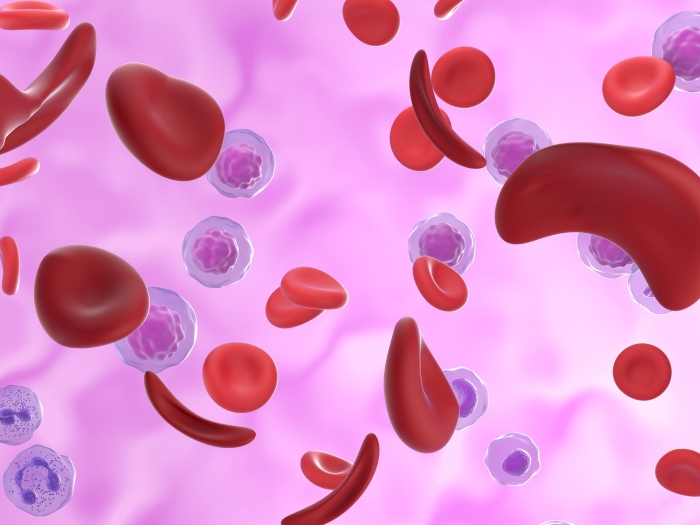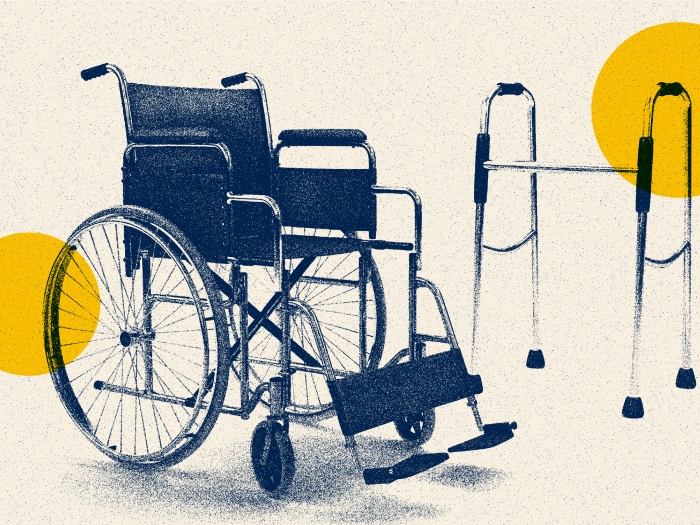Showing 31-45 of 147 results

Health Lab
A Michigan Medicine expert calls for comprehensive scoliosis awareness and care.

Health Lab
Research from Michigan Medicine experts is shedding light and potentially expanding options for patients living with an aggressive childhood cancer.

Health Lab
Jourdan Triebwasser, M.D., medical director of the University of Michigan Health Von Voigtlander Women's Hospital Birth Center and a maternal-fetal medicine specialist with a particular interest in this condition, shares more about detecting and treating the condition, and the importance of multidisciplinary collaboration in maternal-fetal outcomes.

Health Lab
How two newly approved gene therapies, including novel technology CRISPR, may help kids and adults with inherited blood disorders

Health Lab
Kyle and Kaylee Berner are enjoying making memories with their baby, Bennett, outside hospital walls. Courtesy of the Berners

Health Lab
6 ways families can make resolutions stick

Health Lab
Infants with hemophilia A who received monoclonal antibody emicizumab experienced few bleeding events and no serious complications, a study suggests.

Health Lab
Inadequate health coverage is a particular problem for commercially insured children, according to a Michigan Medicine and Columbia study. The research shows that coverage gaps are affecting publicly insured children as well.

Health Lab
Michigan Medicine researchers have found that growing bacteria on agar mixed with organs is an efficient and effective way to study infectious pathogens.

Health Lab
Last year, a young girl experienced up to 40 seizures a week. Today, after nearly a year of working with the ketogenic diet team at University of Michigan Health C.S. Mott Children’s Hospital – overseen by a pediatric neurologist and dietitian – she’s celebrating six months of seizure freedom.

Health Lab
A C.S. Mott Children's Hospital health poll found most mothers and over two-thirds of fathers of children ages 0-4 use social media for questions on topics like feeding and behavior challenges.
Department News
Spread of drug resistant bacteria linked to patient hand contamination and antibiotic use within nursing homes

Health Lab
Patients who experience this condition following the Fontan continue to have a high risk of death from the time they’re waitlisted for a new heart through receiving the transplant, according to a 20-center study led by Michigan Medicine. And one specific complication called cyanosis – or experiencing less than normal oxygen blood levels – was associated with worsened survival.

Health Lab
A Michigan Medicine research team seeks to identify characteristics of patients within nursing homes, as well as the nursing home environment itself, that are associated with contamination by vancomycin-resistant enterococci.